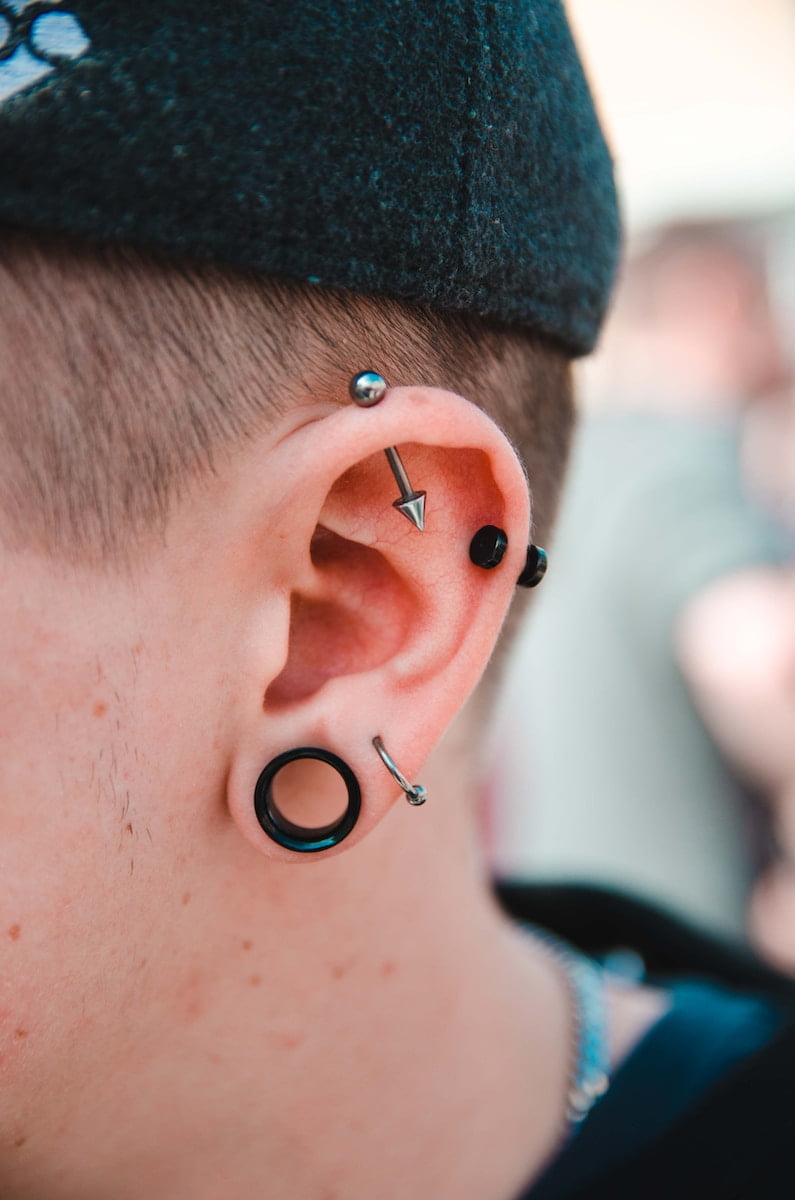
Ear wax buildup is a common problem that affects people of all ages. It can cause discomfort, hearing loss, and even lead to infections if left untreated. While there are various methods available for ear wax removal, manual instrument techniques are widely used and have gained popularity due to their effectiveness. In this article, we will explore the different manual instrument ear wax removal techniques and compare their pros and cons.
The curette method is a well-known manual instrument technique used for ear wax removal. It involves using a small, spoon-shaped instrument called a curette to scoop out the ear wax from the ear canal. This method requires precision and should only be performed by trained professionals to avoid any damage to the ear.
The curette method offers several advantages in ear wax removal. Here are some of its pros:
Despite its effectiveness, the curette method also has some drawbacks that need to be taken into consideration:
The forceps method involves using a pair of small, curved forceps to grasp and pull out the ear wax manually. This technique requires steady hands and careful maneuvering to ensure safe and effective removal. It is commonly used by healthcare professionals or ear specialists.
The forceps method offers several advantages in ear wax removal. Here are some of its pros:
However, there are some considerations and limitations associated with the forceps method:
The loop method involves using a small, loop-shaped instrument to gently scoop out the ear wax from the ear canal. This technique is considered less invasive compared to the curette or forceps method, making it suitable for individuals with sensitive ears or those prone to ear infections.
The loop method offers several advantages in ear wax removal. Here are some of its pros:
However, there are some limitations to consider when using the loop method:
The suction method involves using a small, handheld suction device to gently extract the ear wax from the ear canal. This technique is often used by healthcare professionals and is considered one of the safest and most comfortable methods of ear wax removal.
The suction method offers several advantages in ear wax removal. Here are some of its pros:
However, there are some limitations to consider when using the suction method:
In conclusion, manual instrument techniques for ear wax removal offer effective solutions for individuals experiencing ear wax buildup. The choice of technique depends on factors such as the severity of the blockage, individual preferences, and the availability of professional assistance. It is important to note that while these techniques can provide immediate relief, it is always recommended to consult a healthcare professional for proper diagnosis and guidance to ensure safe and effective ear wax removal.
1. What is the curette method for ear wax removal?
The curette method involves using a small, spoon-shaped instrument called a curette to scoop out the ear wax from the ear canal. It is highly effective in removing stubborn ear wax blockages and provides immediate relief from symptoms such as hearing loss and discomfort. However, it should only be performed by trained professionals to prevent injury to the ear.
2. How does the forceps method work for ear wax removal?
The forceps method involves using a pair of small, curved forceps to grasp and pull out the ear wax manually. It allows for precise control and grip on the ear wax, making it suitable for larger or more resistant ear wax buildups. Similar to the curette method, it should be performed by trained professionals to avoid injury to the ear canal or eardrum.
3. What is the loop method of ear wax removal?
The loop method uses a small, loop-shaped instrument to gently scoop out the ear wax from the ear canal. It is considered less invasive and can be performed by individuals at home with proper guidance. However, it may be less effective for large or stubborn ear wax blockages and should be avoided by individuals with a history of ear drum perforation.
4. How does the suction method work for ear wax removal?
The suction method involves using a small, handheld suction device to gently extract the ear wax from the ear canal. It is non-invasive and painless, making it suitable for individuals with sensitive ears or those prone to ear infections. The suction method can be performed by trained professionals or individuals at home with proper guidance, but it may be less effective for large or hardened ear wax blockages.
On many occasions after providing a full hearing assessment I get asked the question “can…
Microsuction is a safe and effective method for removing earwax and debris from the ear…
Ear wax, also known as cerumen, is a substance that is naturally produced by our…
Ear wax, or cerumen, is a natural substance produced by the ear canal to protect…
Cleaning our ears is an important part of our personal hygiene routine. It not only…
Earwax, also known as cerumen, is a natural substance produced by the ear canal to…
This website uses cookies.